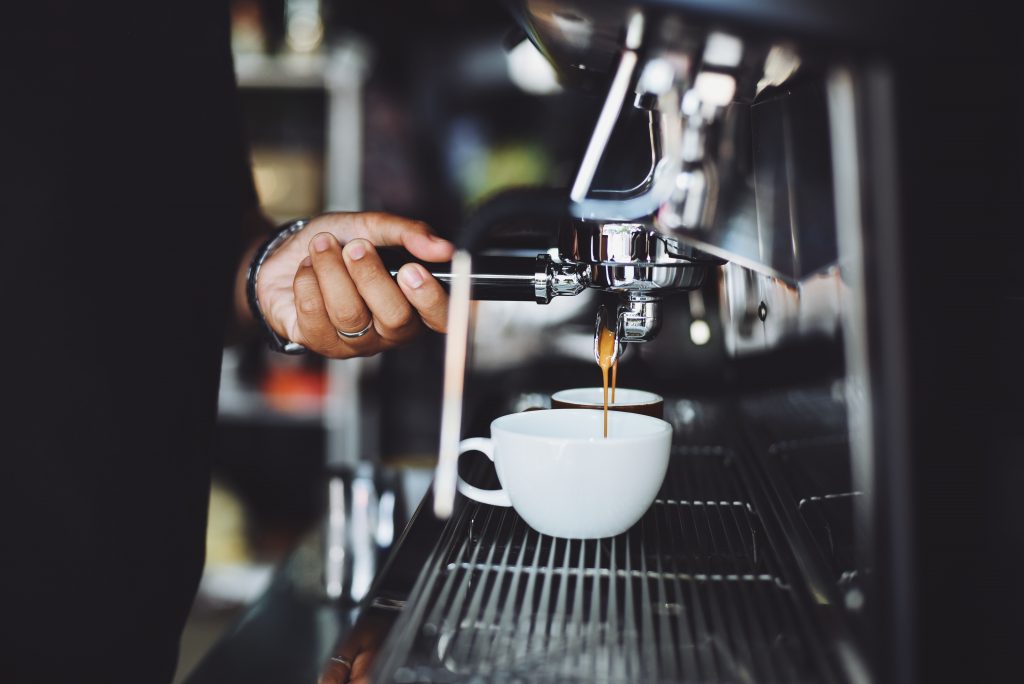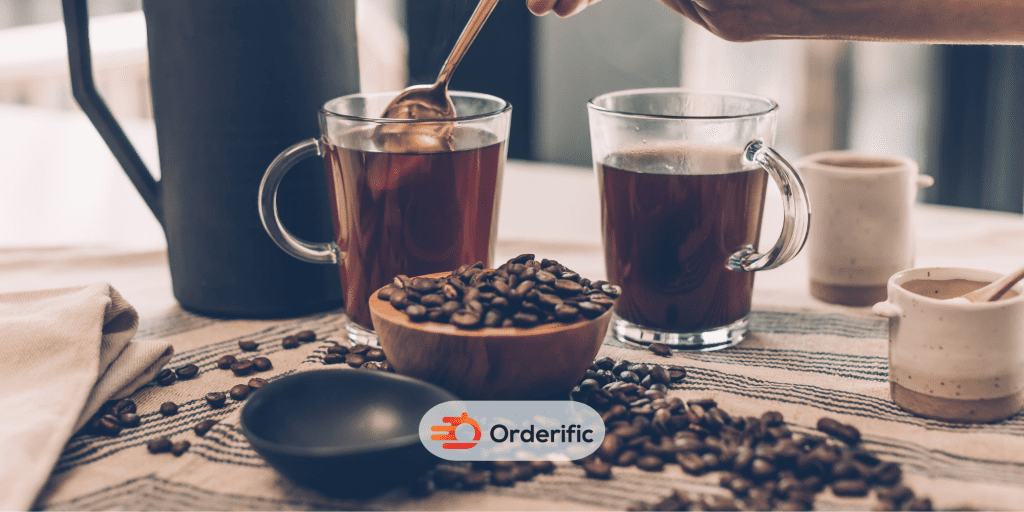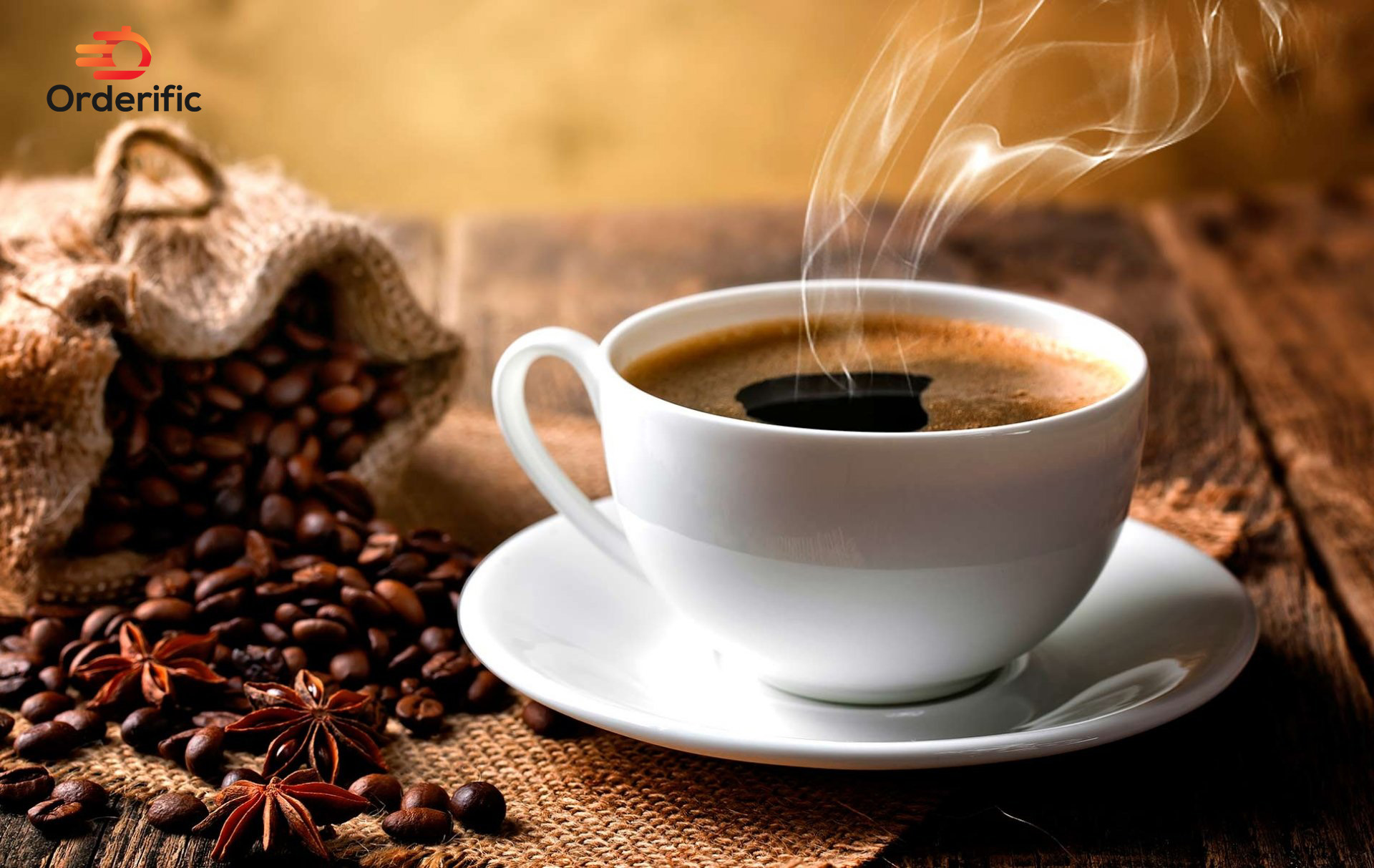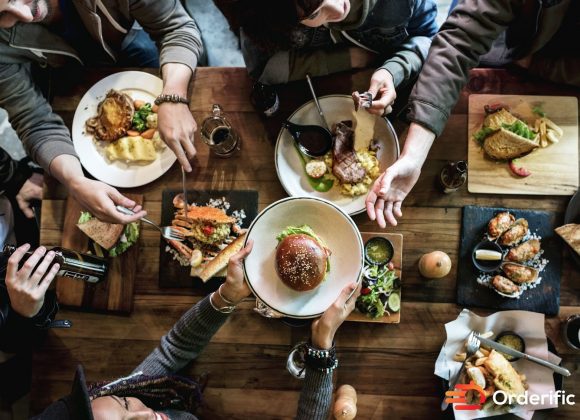Greetings, fellow coffee enthusiasts and connoisseurs of great taste! Welcome to a world where coffee reigns supreme, and energizing your morning is an art form. As an aspiring writer from college, still chasing dreams of world domination, I am thrilled to introduce you to the invigorating world of Rise Up Coffee. So, grab your favorite mug and get ready to embark on a coffee journey like no other!
A Brief History of Food Processing: A Journey Through Time
The process of transforming raw ingredients into prepared food items is a practice as old as humanity itself. It’s a journey through time that has greatly influenced our dietary habits, cooking methods, and food preservation techniques. Let’s take a brief look at this captivating history of food processing:
The Stone Age:
Food processing began in the Stone Age with the invention of basic tools. Humans used stones for grinding grains into flour and learned to control fire, leading to the advent of cooking. Cooking not only made food safer to eat but also more palatable and easier to digest.
Ancient Civilizations:
As societies evolved, so did the techniques for food processing. Ancient Egyptians baked bread and brewed beer. The Romans made cheese, sausage, and wine. These civilizations also developed methods for preserving food, such as smoking, drying, and fermenting.
Middle Ages:
The Middle Ages saw the dawn of milling technology and more advanced forms of food preservation. Salting, pickling, and smoking became common techniques. In addition, the concept of a communal oven came into existence, contributing to the development of baking.
Industrial Revolution:
The 19th century brought remarkable changes to food processing with the Industrial Revolution. New technologies were invented for canning and bottling. In 1810, French confectioner Nicolas Appert won a cash prize for developing a method to preserve food in glass jars, thus marking the birth of canning. Later in the century, pasteurization, a method to kill bacteria in milk and wine, was developed by Louis Pasteur.
20th Century to Present:
The 20th century heralded the age of modern food processing. Refrigeration allowed for fresh foods to be stored longer. Pre-packaged meals and fast food became common, driven by changing lifestyles. Microwave ovens and genetically modified foods further changed the landscape of food processing.
Today, food processing has grown into a massive global industry, employing advanced technologies like high-pressure processing, pulsed electric field, and ohmic heating. It’s fascinating to think how food processing will continue to evolve in the future, given its transformative journey through time.

What is Coffee Roasting? Unraveling the Enigmatic Art
Coffee roasting: the transformative art that takes a green, raw coffee bean and turns it into the fragrant, brown jewel we all know and love. It’s a process as much scientific as it is creative—an intriguing blend of timing, temperature, and technique. But what exactly is coffee roasting, and why is it so crucial?
The Process
In essence, coffee roasting is the process of applying heat to green coffee beans in order to transform them chemically and physically. The green beans are loaded into a roasting machine where they are heated to temperatures between 370 and 540 degrees Fahrenheit. This heating process is what brings about the complex flavors and aromas we associate with coffee.
As the green coffee beans are heated, they start to lose moisture and expand in size. The heat triggers a series of chemical reactions, the most notable being the Maillard reaction and caramelization. These reactions cause the beans to change color from green to yellow, then to a light brown, and finally to a dark brown.
The Flavors
Different stages of roasting produce different flavors: light roasts are more acidic with a toasted grain taste; medium roasts are slightly sweeter with a balanced flavor, aroma, and acidity; and dark roasts have a smoky, bitter taste with less acidity.
After roasting, the beans are cooled rapidly to stop the process at the desired roast level. This cooling process is as crucial as the heating, as the beans continue to roast due to their residual heat.
What Happens When Coffee is Roasted? A Journey of Flavors
The magic of your morning coffee begins with a process that is both an art and a science: coffee roasting. It’s an enthralling journey, from raw green coffee beans to the aromatic, flavorful beans we know. But what exactly happens when coffee is roasted? Let’s delve into this flavor-filled journey.
Coffee roasting is the application of heat to green coffee beans. This heating process triggers a fascinating transformation that’s all about chemistry and timing. The green beans are exposed to temperatures usually between 370 and 540 degrees Fahrenheit, causing them to undergo physical and chemical changes.
As the beans heat, they start to lose moisture and expand in size. This results in the beans changing from a green color to yellow, and then from a light to dark brown.
The Maillard Reaction
The real magic occurs due to two key chemical reactions: the Maillard reaction and caramelization. The Maillard reaction is a reaction between amino acids and sugars in the beans that start at around 300 degrees Fahrenheit, leading to the development of hundreds of different aroma compounds. These compounds break down further, mix with each other, and result in even more aroma compounds.
Caramelization
Caramelization follows, involving the pyrolysis of sugars, which further deepens the flavors and colors. The beans also begin to release carbon dioxide in a process known as “first crack.”
The Roast Levels
The length and temperature of the roasting process will decide the roast level – light, medium, or dark. Each level corresponds to a distinct flavor profile: light roasts are often more acidic and retain most of the bean’s original flavors. Medium roasts balance acidity and a fuller body, while dark roasts are less acidic, have a fuller body, and carry more flavors from the roasting process itself.
Once the desired roast level is achieved, the beans are rapidly cooled to stop the roasting process. After roasting, beans need to degas, releasing the built-up carbon dioxide, before they reach their optimal flavor.
In essence, the roasting journey of coffee is like a dramatic performance with its own cast of characters, plot developments, and climaxes. It is the roaster’s mastery that determines the final act, unlocking a world of flavors, turning a humble bean into the star of your morning routine.
What are the Different Roast Levels of Coffee Roasting? A Spectrum of Taste
Coffee roasting offers a spectrum of flavors, from bright and acidic to rich and caramelized, ensuring there’s a perfect roast for every palate. Let’s embark on a delightful journey through the various roast levels that give rise to the diverse array of coffee flavors:
Light Roast:
Delicate and vibrant, light roast coffee preserves the bean’s original flavors, boasting floral and fruity notes with a crisp acidity. The beans retain their light brown color and showcase the terroir of their origin, making it an ideal choice for those who appreciate the nuances of coffee’s natural flavors.
Medium Roast:
A harmonious balance between the bean’s natural flavors and the caramelization process, medium roast coffee offers a slightly fuller body and a hint of sweetness. The beans take on a warm, medium-brown color, and their flavors are a delightful fusion of brightness and depth.
Medium-Dark Roast:
As we venture into the realm of medium-dark roast, the coffee takes on a richer and more robust character. The beans boast a darker shade of brown and exhibit a smooth, full-bodied taste with a pleasant balance of sweetness and boldness.
Dark Roast:
Bold and intense, dark roast coffee is the embodiment of rich, smoky flavors with a reduced acidity. The beans reach a deep, dark brown color, and their taste profile leans toward strong and caramelized notes.
French Roast:
The boldest of them all, French roast coffee features oils on the surface, offering an intense and smoky flavor profile. The beans have a glossy appearance and deliver a powerful, almost bittersweet taste that coffee enthusiasts with a penchant for strong flavors will cherish.

Sounds Delicious, Now Where Can I Get Good Coffee in the US? Five Meccas of Coffee Delights
If you’re on the hunt for an unparalleled coffee experience, these five spots in the US are worth your attention:
1. Rise Up Coffee Roasters:
Renowned for their commitment to sustainability and excellence in roasting, Rise Up Coffee Roasters carefully sources premium beans from global origins. Founded by the visionary Tim Cureton in St. Michaels, Maryland, their house blends and specialty coffees are a must-try for any coffee enthusiast.
2. Blue Bottle Coffee:
Originating from California’s coffee hub, Blue Bottle Coffee delivers exceptional quality through their focus on single-origin, sustainably grown beans. Each cup is a celebration of flavor. It is meticulously crafted with a dedication to freshness and precise roasting—truly a favorite among true coffee aficionados.
3. Intelligentsia Coffee:
Emerging from Chicago, Intelligentsia Coffee has been a trailblazer in the specialty coffee movement. Their commitment to transparency, direct trade, and sustainable practices is evident in every sip. Experience their ethically excellent beans that offer a taste beyond compare.
4. Stumptown Coffee Roasters:
Originating from the renowned coffee hub of Portland, Oregon, Stumptown Coffee Roasters has captivated coffee enthusiasts worldwide. Their unyielding commitment to exceptional beans of unmatched quality and environmentally conscious practices sets them apart in the industry.
5. Ritual Coffee Roasters:
Ritual Coffee Roasters provides a remarkable and captivating journey into the world of coffee, distinguishing itself from other coffee establishments. Based in San Francisco, they meticulously source and roast their beans. This results in exquisite flavors that won’t disappoint discerning coffee lovers.
Experience the wonders that these exceptional coffee establishments have to offer and elevate your taste buds to new heights.
Conclusion: Awaken Your Senses with Rise Up Coffee
Rise Up Coffee has a captivating backstory in food processing and the mastery of coffee roasting. It has become renowned as a leading destination for exceptional coffee across the United States. From their signature house blend to their selection of specialty coffees and unique flavors, Rise Up Coffee offers an unparalleled coffee experience that delights even the most refined taste buds. Embrace the moment and let the enchantment of coffee awaken your senses, sparking joy with each delightful cup!
In case you want more content like this, visit Orderific right now!
FAQs
What are the steps to sell my new coffee on the market?
To successfully sell your own java, ensure you have a top-notch product, establish a unique brand, and tell an engaging story.
What do I need to know to open a coffee shop?
To embark on your exploration of coffee shops, kickstart by formulating a comprehensive business strategy that is both engaging and knowledgeable.
How do I begin a coffee roasting business?
If you’re looking to venture into selling your own coffee, focus on delivering top-notch quality, building a unique brand, and crafting a captivating story.
What should I do to open my own coffee shop?
Create a well-structured business plan, carefully choose a prime location, and curate a captivating menu offering a variety of delicious coffee choices.
How Can I Begin a Coffee Roastery?
Coffee shops and online retailers often provide opportunities to personalize your coffee order within a designated timeframe.













